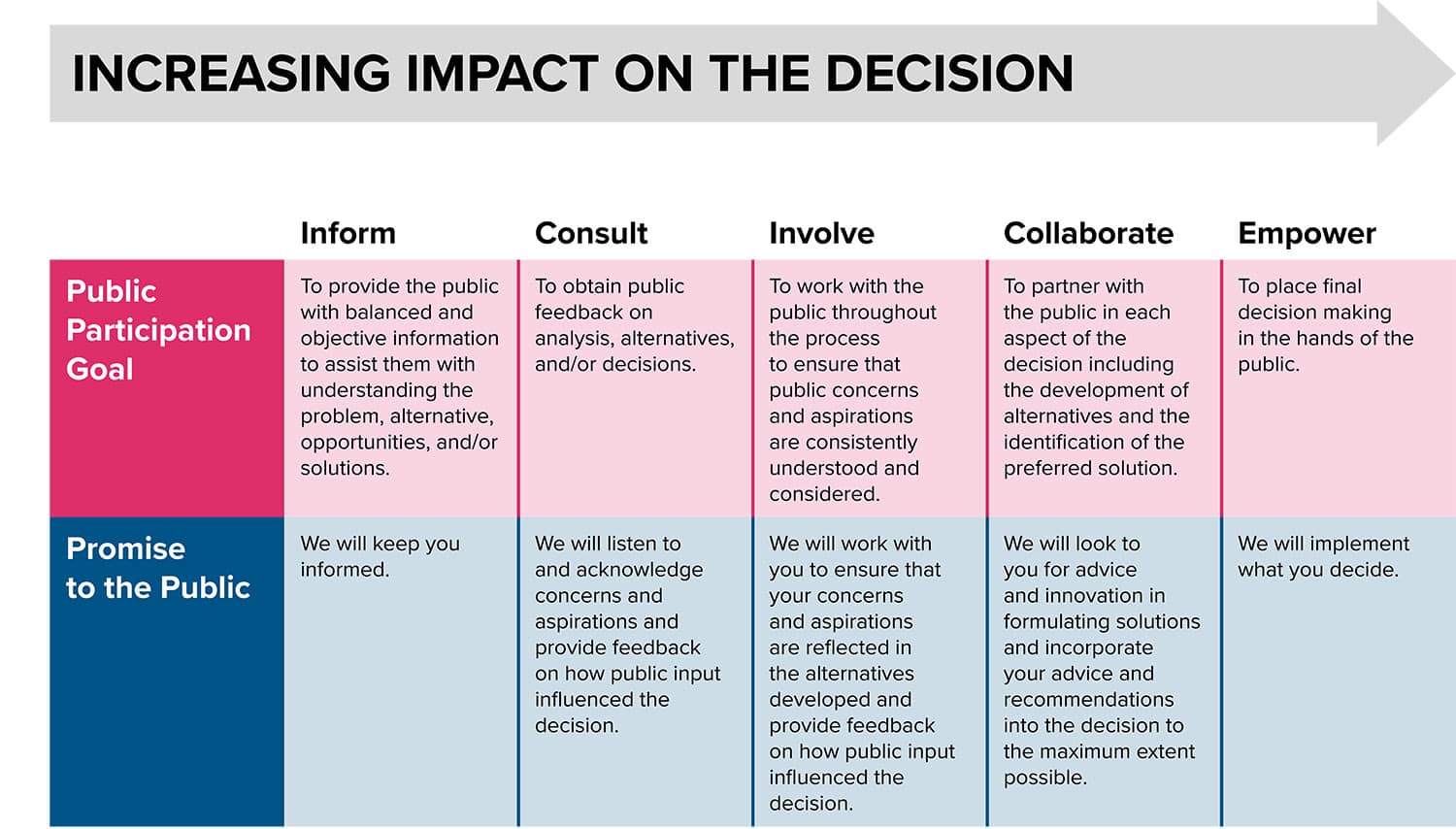Processes to enhance social equity through policies and projects can range from mitigating potential harm to vulnerable populations, to advancing their social and economic status directly through policies and programs. This will look different in different cities and forests, depending on the local context.
Adopting a social equity lens early on and iteratively throughout the planning of a policy or project can ensure that equity outcomes are well integrated and budgeted for. Not all policies or projects may have the resources needed to achieve social equity or empowerment. In these cases, decision makers can aim for incrememntal changes — from avoiding being socially blind or socially exploitative to being socially accommodating or even socially transformative.
For example, when practitioners work with communities, they can choose methods that intentionally involve diverse stakeholder groups and that hold space for their opinions, needs, and knowledge before and during the project’s implementation. This is better than merely informing or consulting with them.*

*See the card on Meaningful Stakeholder Engagement for more information.